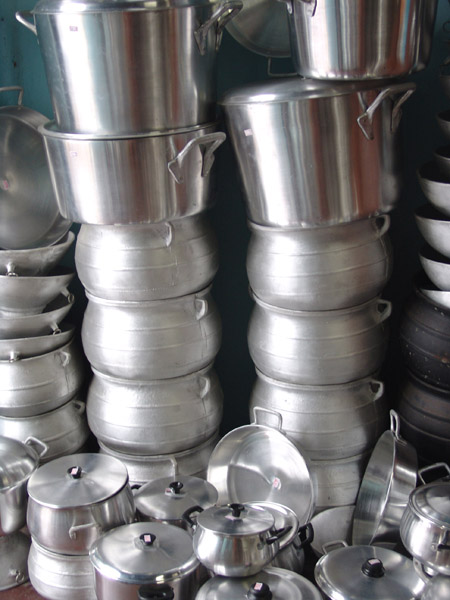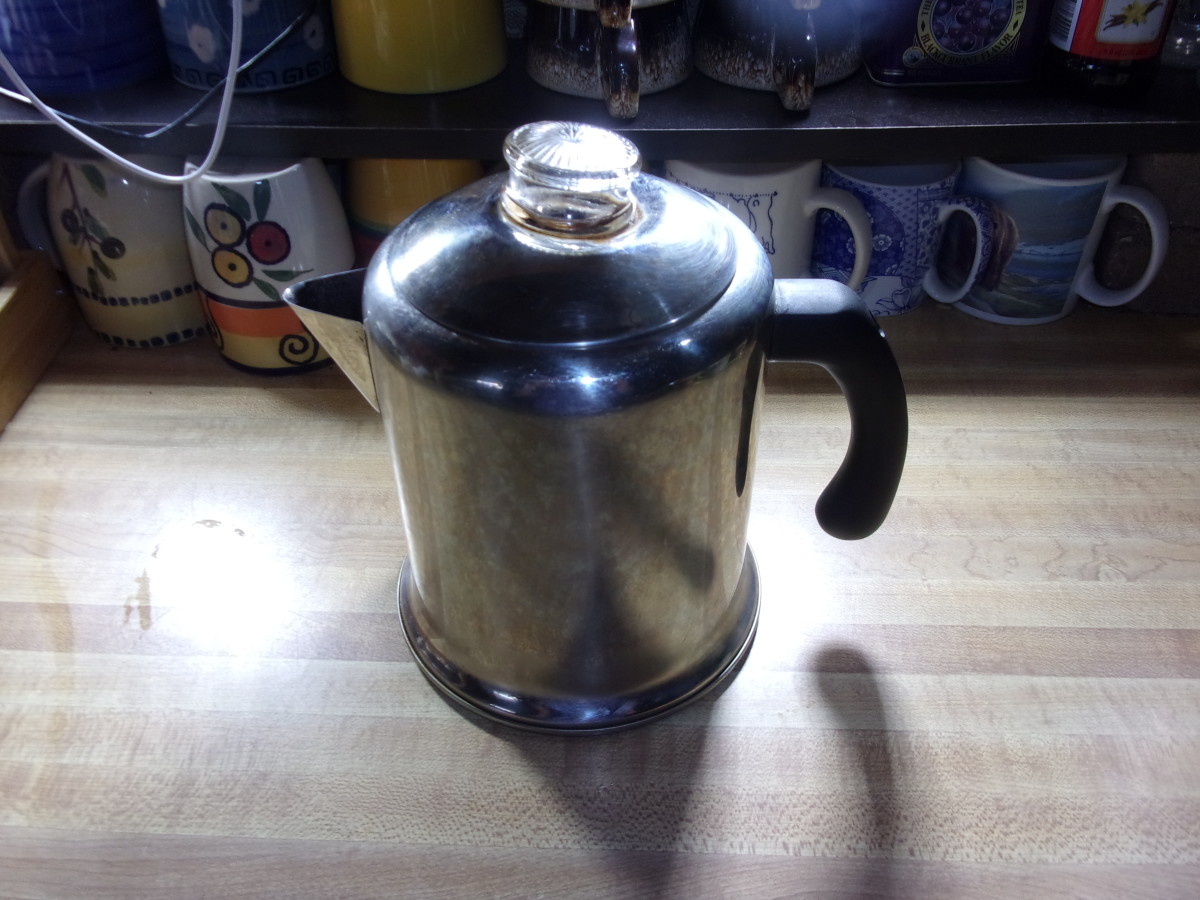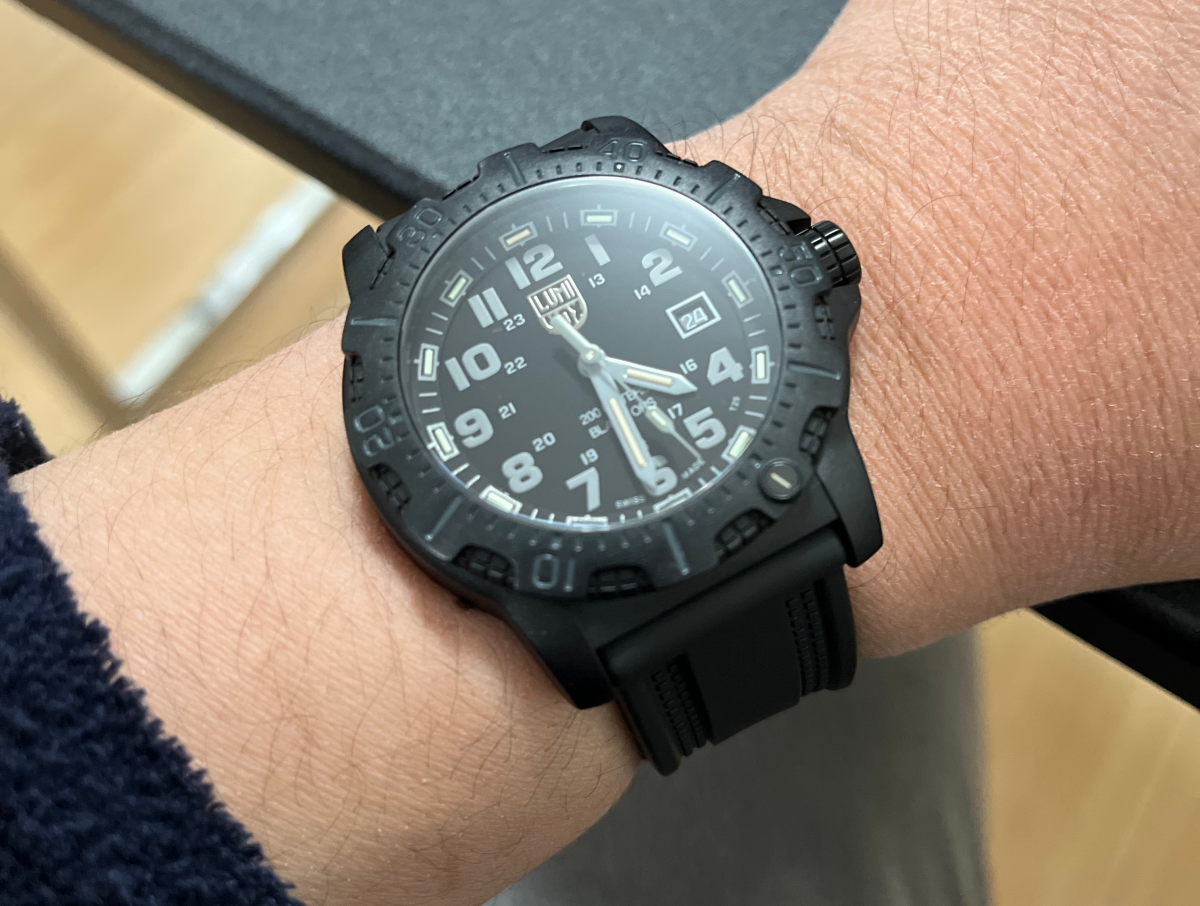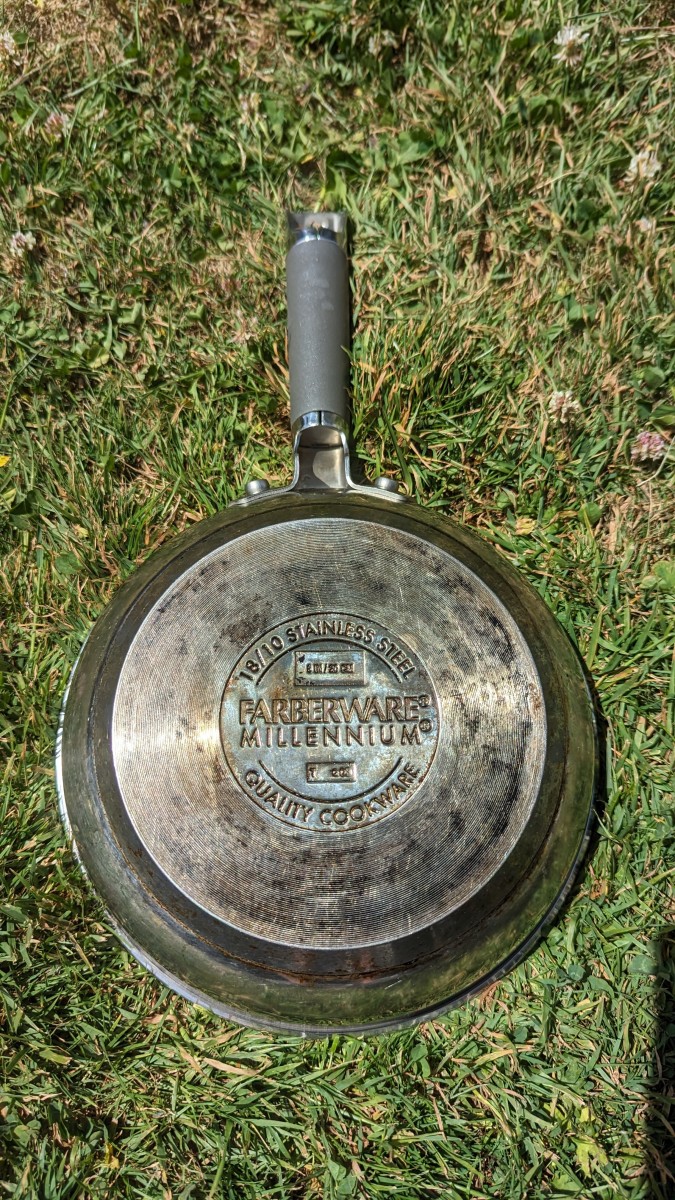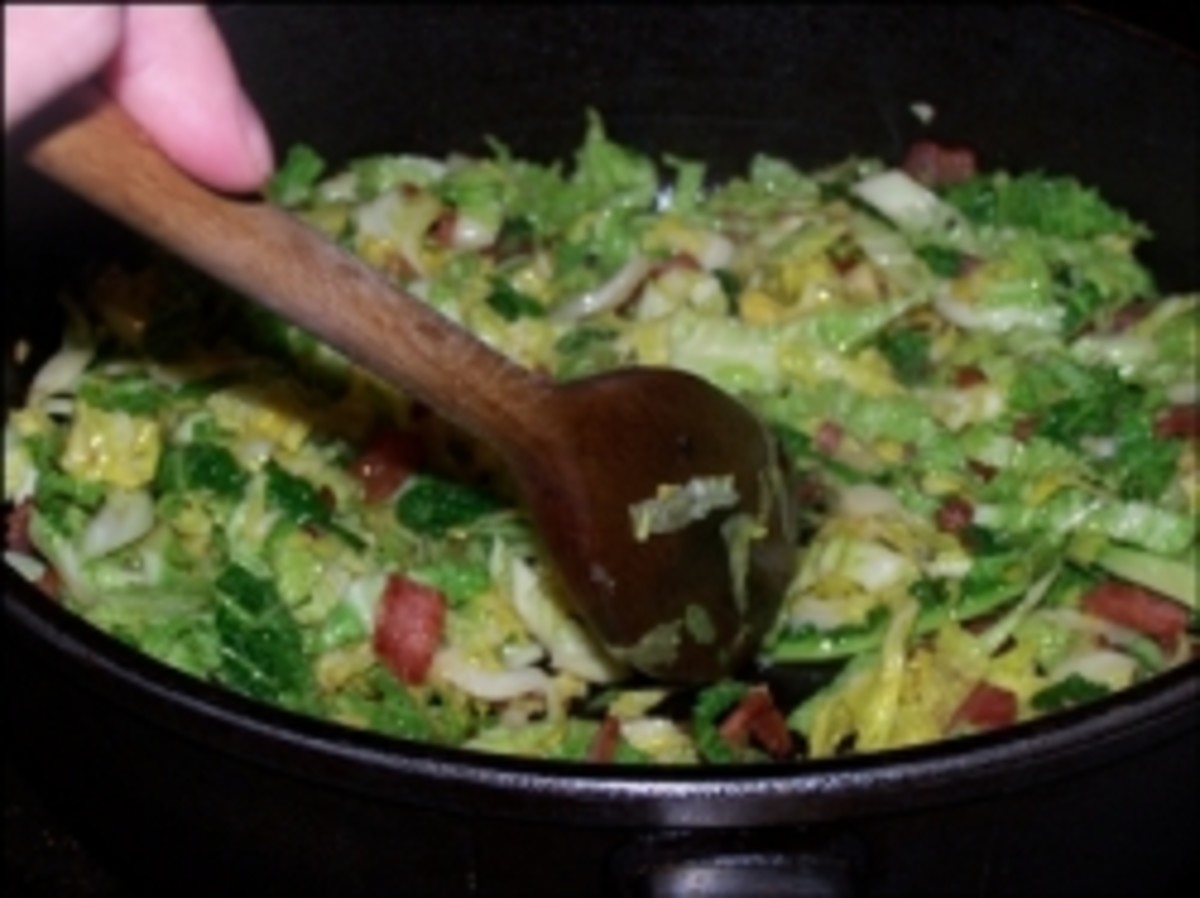What Kind of Cookware to Buy
Nonstick Cookware
Nonstick cookware is the most popular type of cookware out there today. This type of cookware is available at pretty much any retailer at a wide range of price points. Nonstick cookware is made by coating some type of metal (often aluminum) with a nonstick chemical (e.g. Teflon). Recently, nonstick cookware has become controversial over concerns about potential toxic chemical emissions from the chemical coating. While a potentially toxic chemical (Perfluorooctanoic Acid or PFOA) is used in the production of nonstick cookware, it is burned off in the process and little to none of it remains in the final product. The most important thing you can do to protect yourself from potentially harmful fumes is to keep nonstick pans below approximately 500°F to prevent the breakdown of the nonstick chemicals. You also don't need to worry if your nonstick cookware chips or flakes. Although it will affect the nonstick properties of the pan, any pieces large enough to be swallowed should work their way through your body and be discharged without being absorbed.
Pros
- Easy to clean
- Less oil needed for cooking
Cons
- Doesn't brown or caramelize well
- Shouldn't use metal utensils
- Need to be careful to not overheat
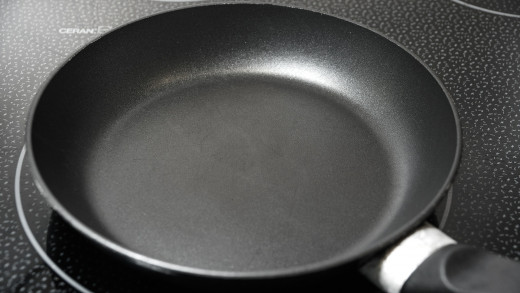
Stainless Steel Cookware
Stainless steel cookware is the choice of most professional kitchens and for good reason. Quality stainless steel is extremely durable and allows food to cook to perfection. Most modern stainless steel cookware is actually a mixture of metals due to the fact that pure stainless steel is actually a very poor conductor of heat. The leading brands of stainless steel cookware embed a core of copper or aluminum to aid in the heat transfer.
Pros
- Durability
- Nonreactive with acidic or alkaline foods
- Dishwasher safe
- Oven safe
- Browns and caramelizes well
Cons
- Poor heat conductivity unless they have a copper or aluminum core
- Can be expensive
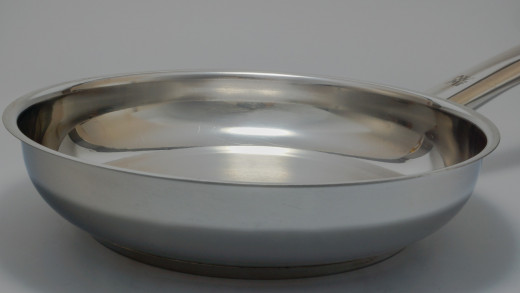
Cast Iron Cookware
Cast iron has been used to create cookware for thousands of years. Cast iron cookware is prized for it's durability and ability to retain heat. Cast iron must be "seasoned" before use in order to impart a layer of non-stick coating to the cookware. Traditional methods of cleaning such as scouring or using a dishwasher will remove this layer so additional care must be taken with this cookware.
Pros
- Excellent heat retention
- Durable
- Inexpensive
- Non-stick if seasoned and cared for properly
Cons
- Uneven heating
- Reactive
- Heavy
- Difficult to maintain
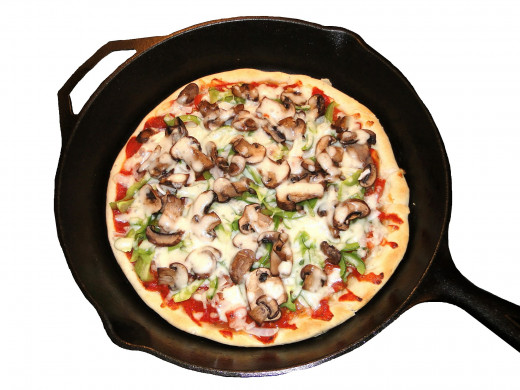
Enamel Cookware
Enamel cookware is basically cast iron or steel cookware coated with a thin layer of colored glass (enamel). Enamel cookware eliminates one of the big disadvantages of standard cast iron cookware, the need for seasoning, but this also means that enamel cookware is not non-stick and cannot form a non-stick layer. Enamel comes in a variety of styles and colors but the additional advantages come at a cost with enamel being more expensive than traditional cast iron.
Pros
- Excellent heat retention
- Durable
- Eliminates the need for pan seasoning
- Nonreactive
- Variety of styles and colors
Cons
- Expensive
- Heavy
- Not naturally non-stick
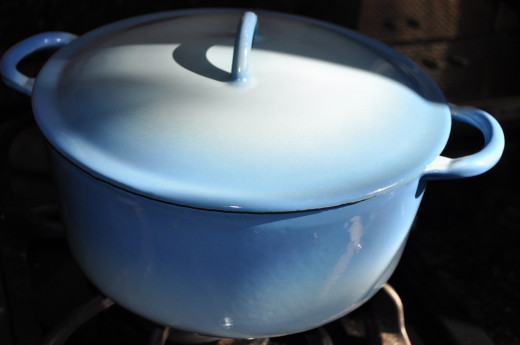
Anodized Aluminum Cookware
Anodized aluminum cookware is a less expensive alternative to stainless steel but a step up from traditional non-stick cookware. Anodized aluminum is formed by treating aluminum with a chemical and then charging it with an electrical current. This creates a coating of aluminum oxide on the surface of the cookware which makes it very strong and non-stick.
Pros
- Durable
- Nonreactive
- Excellent heat conductor
- Typically dishwasher safe
- Lightweight
- Affordable
Cons
- Not compatible with induction cooktops
- More expensive than traditional non-stick cookware
